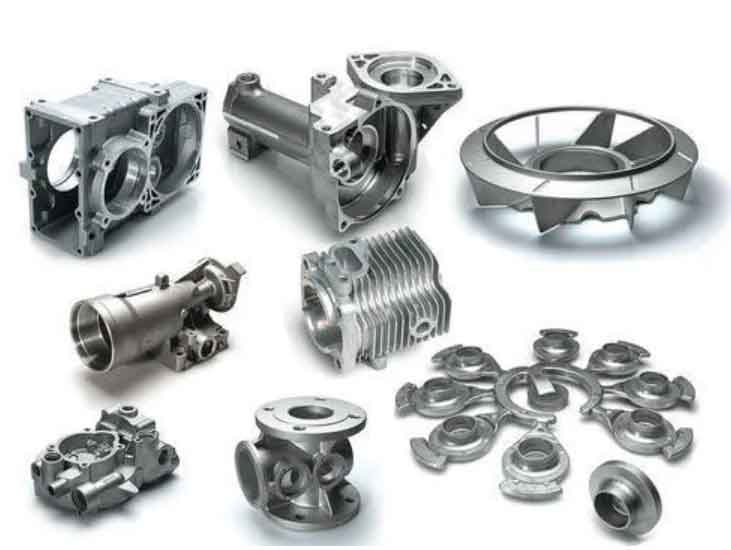
Understanding the microstructure of gray cast iron is crucial for comprehending its properties and behavior. Gray cast iron has a unique microstructure that consists of a matrix of ferrite and pearlite, along with graphite flakes dispersed throughout. Let’s explore these components in more detail:
- Ferrite: Ferrite is a metallic iron matrix that surrounds the graphite flakes in gray cast iron. It is a relatively soft and ductile phase with a body-centered cubic crystal structure. Ferrite provides toughness and impact resistance to the material.
- Pearlite: Pearlite is a eutectoid mixture of ferrite and cementite. It forms as a lamellar structure during the cooling and solidification of gray cast iron. Pearlite is harder and stronger than ferrite, contributing to the overall strength and hardness of gray cast iron.
- Graphite Flakes: Graphite flakes are another essential component of gray cast iron’s microstructure. They form during the solidification process and are the primary factor responsible for the material’s unique gray appearance. Graphite flakes are embedded within the ferrite matrix and act as stress raisers, providing excellent vibration damping and reducing the risk of crack propagation.
The presence and morphology of graphite flakes play a crucial role in determining the mechanical and physical properties of gray cast iron. The size, shape, and distribution of graphite flakes affect the material’s strength, hardness, thermal conductivity, and machinability. The flakes also provide lubrication during machining, reducing tool wear and improving surface finish.
To control the microstructure and properties of gray cast iron, foundries employ various techniques, such as alloy modifications, inoculation, and heat treatments. These methods influence the formation of graphite flakes, refine the microstructure, and enhance specific properties based on the desired application.
Analyzing the microstructure of gray cast iron typically involves metallographic examination using optical microscopy. This allows for the visualization of the graphite flakes, ferrite, and pearlite phases, helping to assess their distribution and characteristics.
Understanding the crystal matrix of gray cast iron is essential for optimizing its properties and ensuring the material performs as intended. By controlling the microstructure, foundries can produce gray cast iron components with the desired combination of strength, toughness, wear resistance, and other critical attributes for specific applications.
